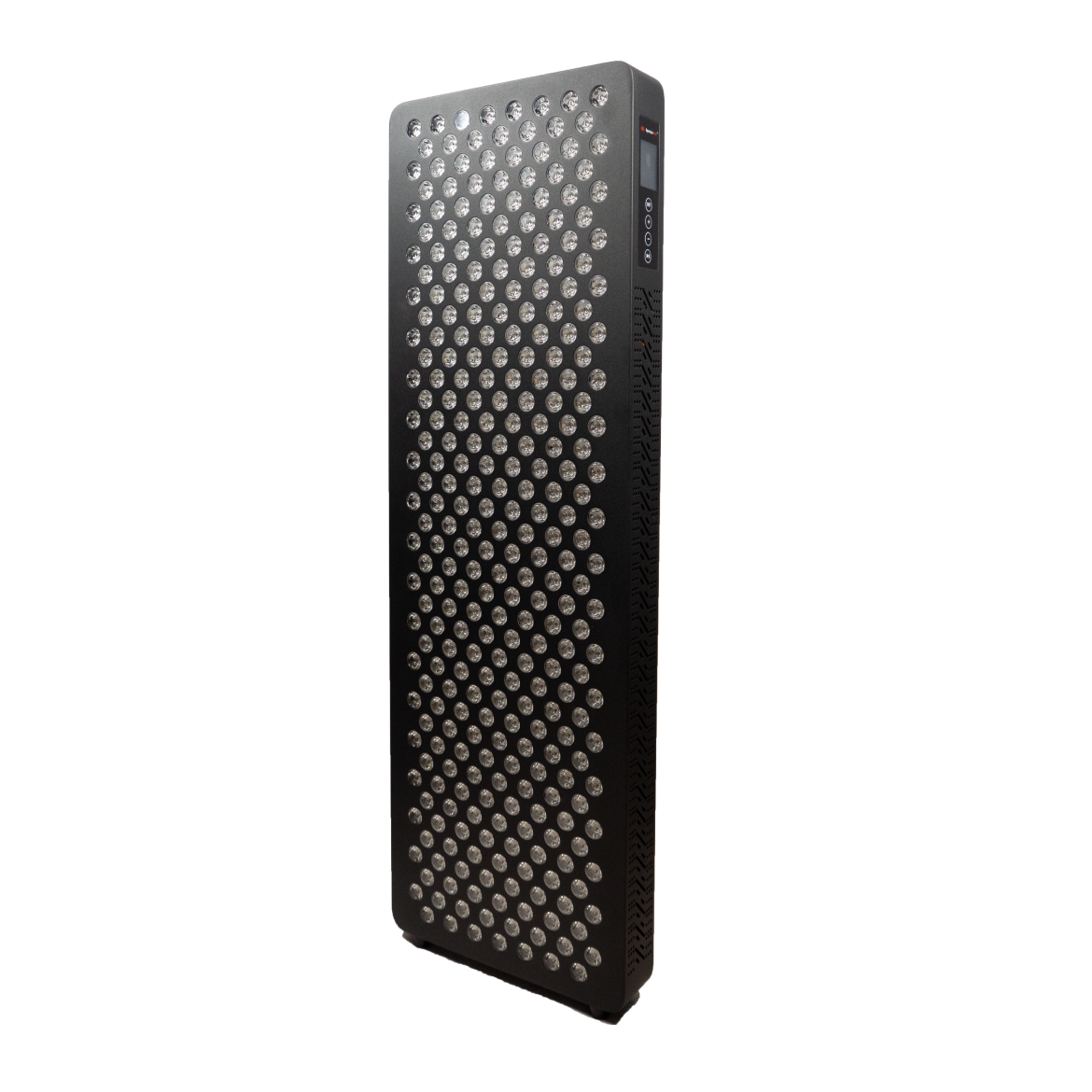Acne is one of the most common skin conditions, affecting millions of people regardless of age. While frustrating, the good news is that various treatment options exist, including the ever-growing potential of red light and near-infrared light therapy.
Understanding Acne:
Acne occurs when pores become clogged with oil (sebum), dead skin cells, and bacteria. This leads to inflammation and the formation of blemishes such as whiteheads, blackheads, pimples, or deeper cysts. Acne causes range from hormonal fluctuations to genetics and environmental factors.
How Can Red and Near-Infrared Light Therapies Help?
Red and near-infrared (NIR) light therapies offer a non-invasive way to combat acne and improve skin clarity:
-
Red Light
- Antibacterial Effects: Red light has antibacterial properties that can help eliminate *Cutibacterium acnes * (C.acnes), the bacteria primarily responsible for acne breakouts.
- Reduces Inflammation: It calms the inflammation associated with acne, reducing redness and pain in existing blemishes.
- Balances Oil Production: There's some evidence that red light can help regulate sebum production, preventing pores from becoming clogged.
-
Near-Infrared Light
- Deeper Penetration: NIR penetrates deeper into the skin than red light, potentially targeting inflammation at its source.
- Wound Healing: It may promote faster healing of acne lesions, reducing the risk of scarring.
- Enhances Red Light Effects: NIR might work synergistically with red light, providing even more comprehensive acne-fighting benefits.
Research and Evidence:
Growing research supports the use of red and NIR light therapies for acne treatment:
- A 2013 study published in the Journal of Cosmetic and Laser Therapy demonstrated that red light therapy significantly reduced inflammatory acne lesions compared to a control group.
- A 2017 review article in Photomedicine and Laser Surgery highlighted the combined potential of red and blue light (another light therapy used for acne) for more effective acne management.
What to Expect with Red and Near-Infrared Light Therapies
These therapies are generally safe and pain-free. Sessions are typically short (10 minutes, 20 minutes maximum), and while improvement might be noticeable after a few sessions, optimal results will be seen with regular treatments over time. We recommend starting with a shorter duration 2-3 minutes every second day and building from there, It's important to consult with a dermatologist or skincare professional to discuss individual treatment plans.
Things to Consider
While promising, red and NIR light therapies might not be suitable in every situation:
- Acne Severity: These therapies might be more beneficial for mild to moderate inflammatory acne.
- Medication Interactions: If using topical or oral acne medications, consult with your doctor about potential interactions.
- Patience: Results may not be immediate, and consistency is key for maximising benefits.
Conclusion:
Red light therapy, alone or combined with NIR, offers a viable option for those seeking alternative or complementary acne treatments. By addressing inflammation, bacteria, and potentially even oil production, it can contribute to clearer, healthier-looking skin. If you're struggling with acne, consult with a healthcare professional to explore all your treatment options.
Ready to Give Red and Near-Infrared Light Therapy a Try?
SpectraHeal offers high-quality light therapy panels designed for safe and effective home use. Discover our products and see how light therapy can help you achieve clearer skin.
Disclaimer: This blog post is for general information and should not be taken as medical advice. Always consult with a qualified healthcare professional for personalised guidance on acne treatment.












